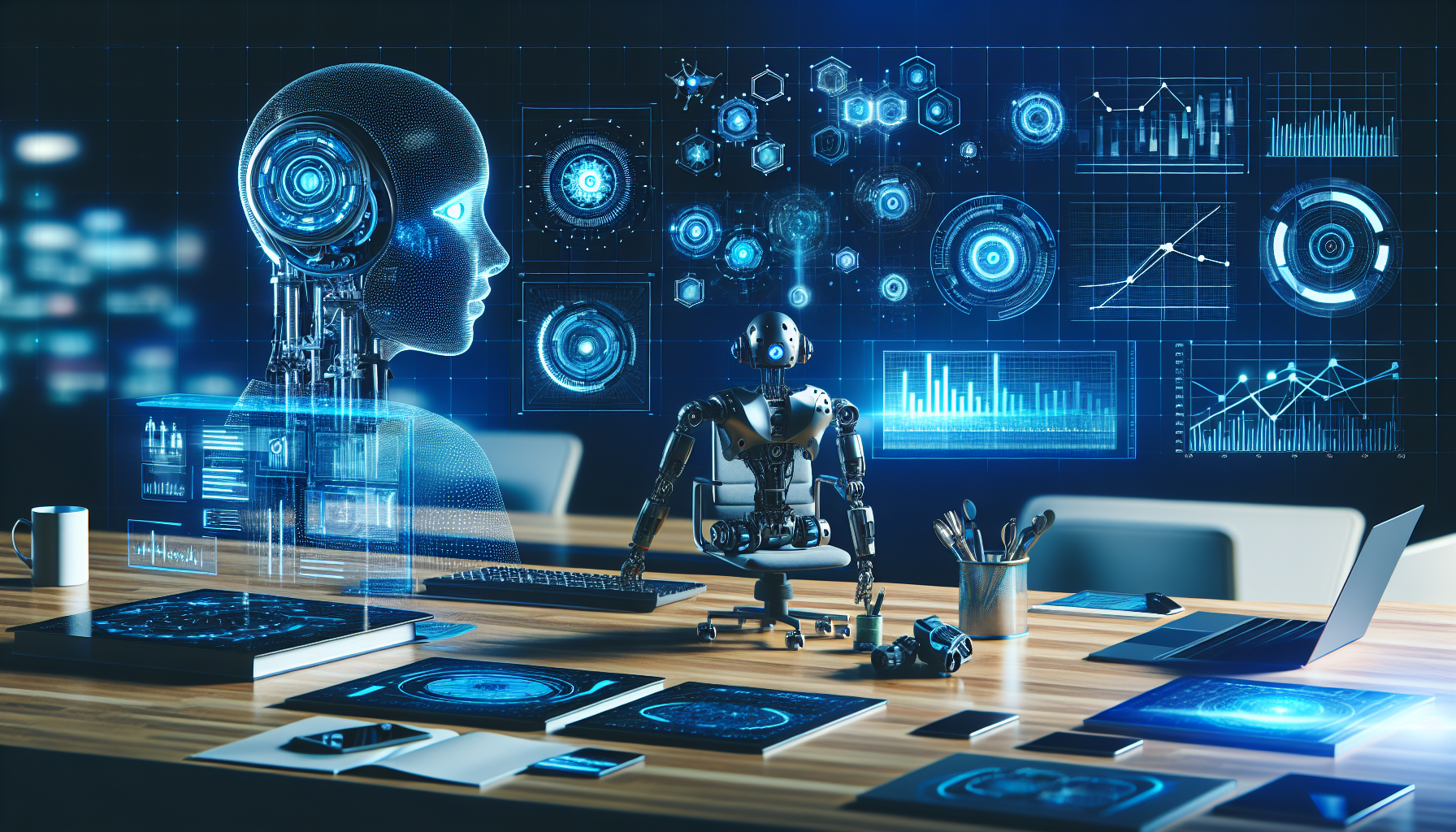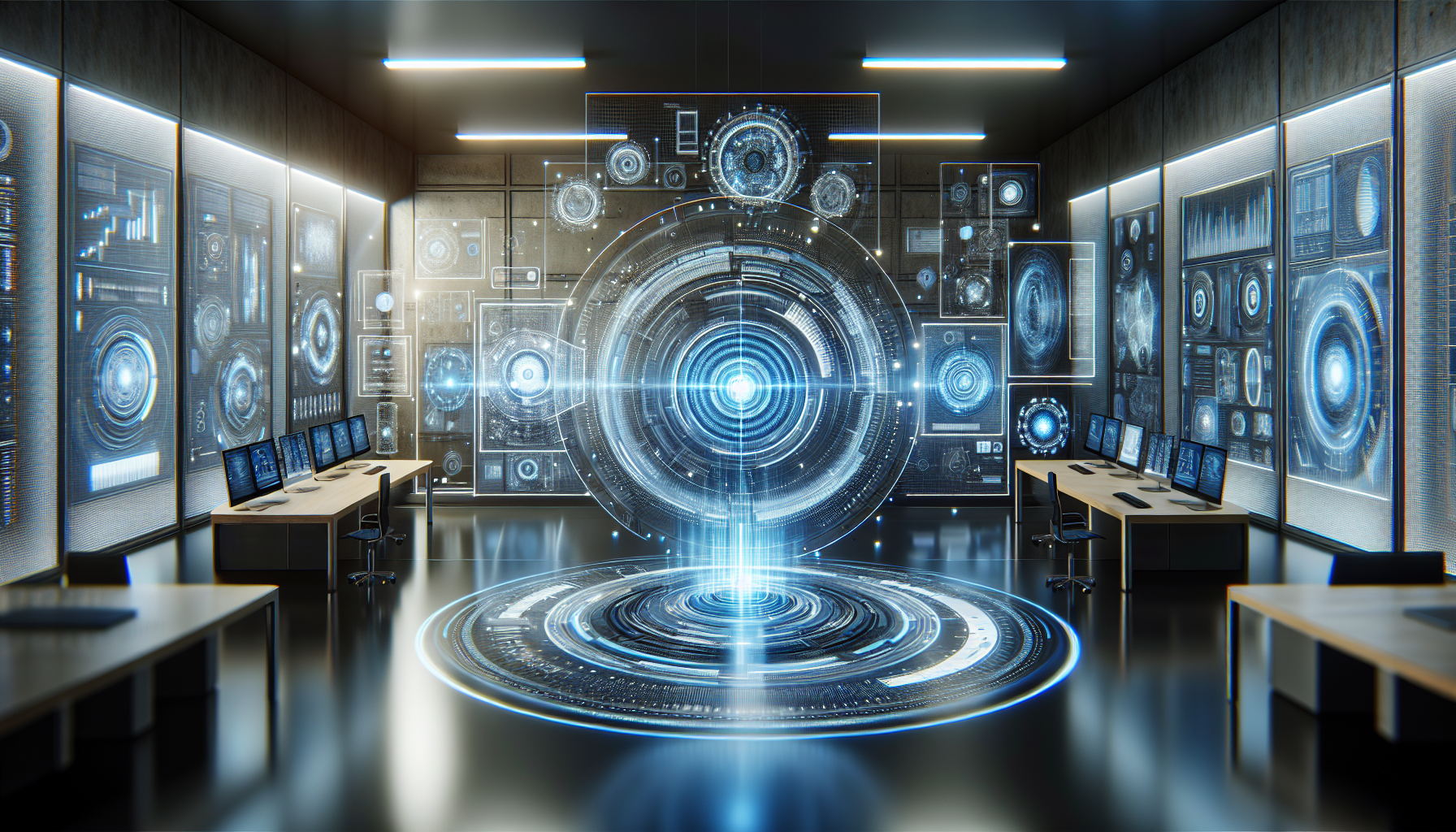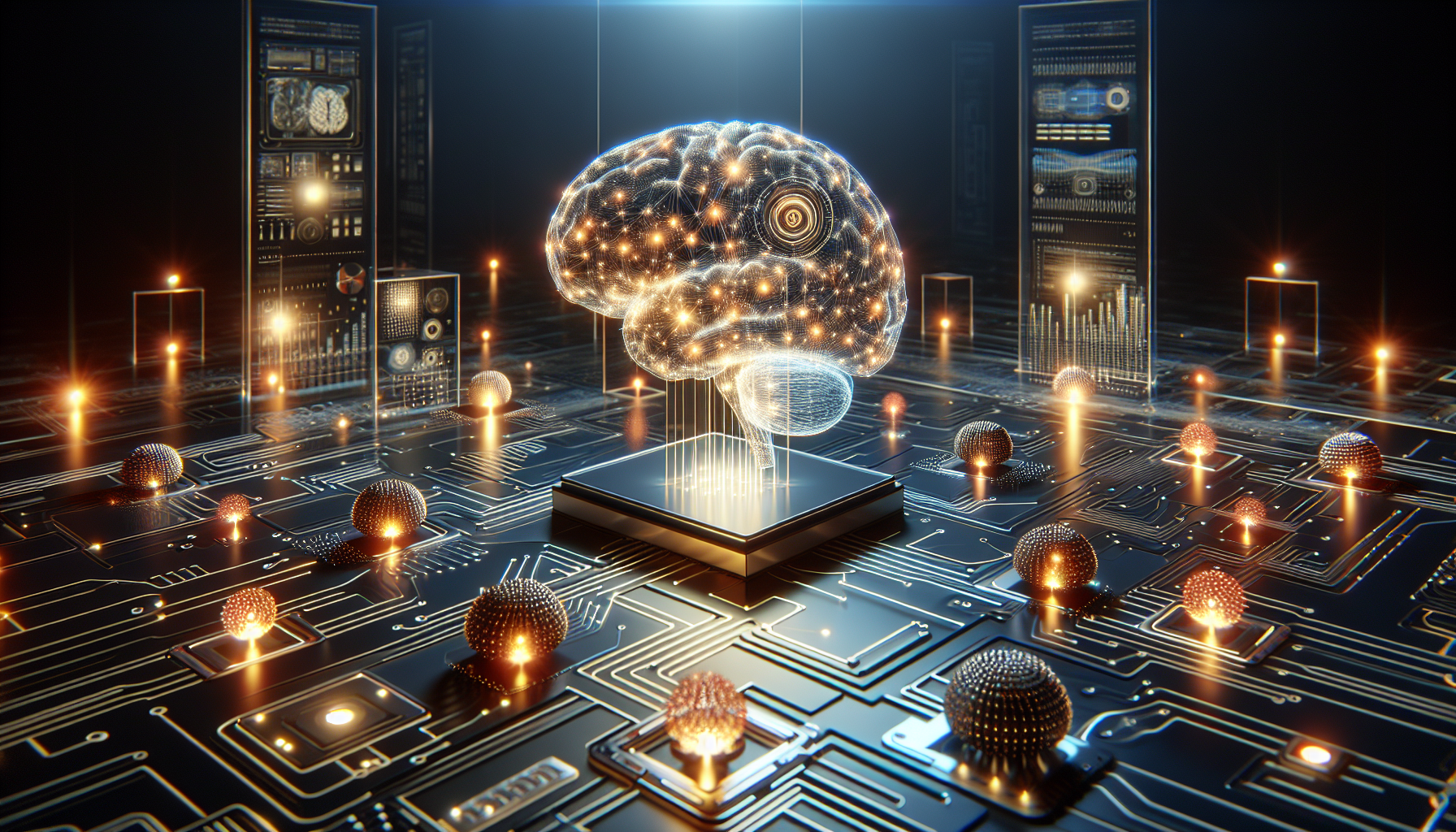
AI and Robotics: Dispelling Myths and Embracing a Collaborative Future
November 27, 2025
Artificial Intelligence and robotics often conjure images of dystopian futures where machines outsmart humans, seizing control with cold efficiency. Yet, the reality is far from this chilling narrative. Instead, these technologies herald a future where human-machine collaboration can elevate our capabilities and inspire unprecedented innovation.
Contrary to popular belief, AI and robotics are not poised to replace human workers en masse. The myth that these technologies will lead to widespread unemployment overlooks their potential to create new industries and roles. Automation may streamline mundane tasks, but it also liberates human intellect for more creative and strategic endeavors. In fact, history has taught us that technological advancements typically lead to more job creation, not less.
Consider healthcare, where AI-driven robotics assist surgeons in performing intricate procedures with precision that the human hand alone cannot achieve. These robots are not substitutes for skilled professionals; they are invaluable allies, enhancing the quality of care and expanding the possibilities of medical treatment. By working alongside AI, doctors can focus more on patient interaction and care strategies, ultimately improving outcomes.
In the realm of manufacturing, the integration of robotics does not signify the demise of human labor but a transformation of it. Robots excel at repetitive tasks, allowing humans to concentrate on problem-solving and innovation. Factories are becoming environments of collaboration rather than competition, where human oversight and creativity work in tandem with robotic efficiency.
Education, too, stands to benefit from AI-powered tools. Personalized learning platforms adjust to individual student needs, offering tailored lessons that reinforce comprehension and engagement. Teachers are not rendered obsolete by these technologies; instead, they are empowered to focus on mentorship and fostering critical thinking skills. The myth of AI replacing educators underestimates the nuanced human touch required to inspire young minds.
Beyond specific industries, AI and robotics are reshaping how we approach global challenges. In agriculture, these technologies optimize resource use, paving the way for sustainable practices that can feed an ever-growing population. Autonomous drones monitor crop health with unparalleled accuracy, while AI algorithms predict and mitigate the effects of climate change on food production.
The fear that AI will surpass human intelligence, leading to a loss of control, also needs readdressing. AI systems are designed with specific tasks in mind and lack the general intelligence and consciousness that define human thought. They are tools—powerful, yes, but ultimately dependent on human direction and ethical governance. The narrative that they will develop intentions of their own is a fiction that distracts from the real conversation about responsible tech development and usage.
Moreover, AI and robotics offer an opportunity to redefine human potential. By taking over menial tasks, these technologies free human beings to explore new frontiers of creativity and innovation. Imagine a world where artists collaborate with AI to create masterpieces or scientists leverage machine learning to make groundbreaking discoveries. The possibilities are as limitless as our imagination.
A crucial aspect of this new era is the ethical framework guiding AI development. As we embrace these technologies, it is vital to instill values that reflect our collective aspirations for fairness, transparency, and accountability. Rather than fearing AI, we should focus on shaping its evolution to align with humanistic principles, ensuring it enhances rather than diminishes our shared humanity.
The journey of AI and robotics is not one of replacing but enhancing. It invites us to rethink our roles and redefine what it means to work, learn, and live. As we stand on the cusp of this technological renaissance, the question is not whether machines will take over, but how we will rise with them to build a future that benefits all.
Will we embrace the challenge of crafting a world where humans and machines thrive together, unlocking new realms of possibility and creativity? The choice is ours, and the potential is boundless.


